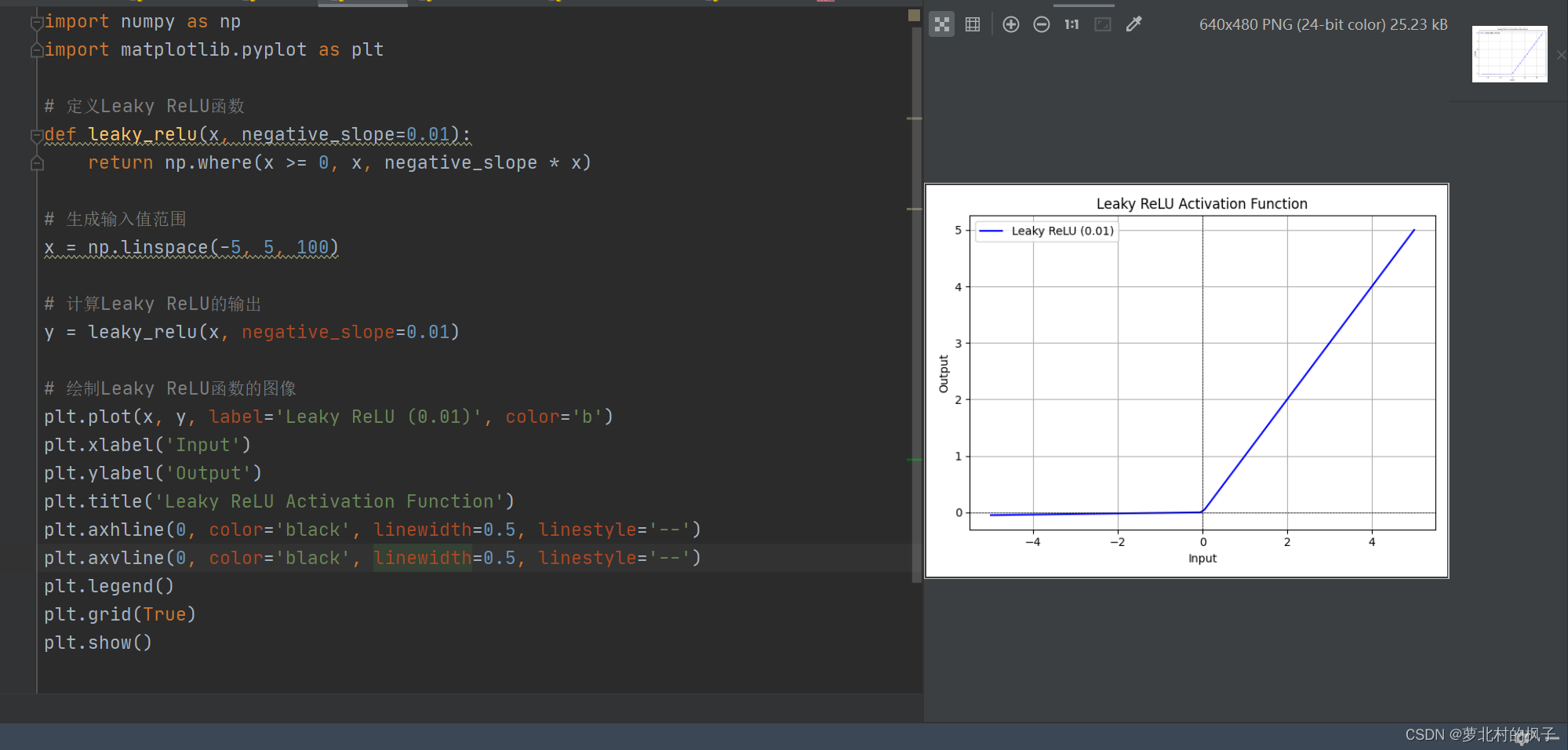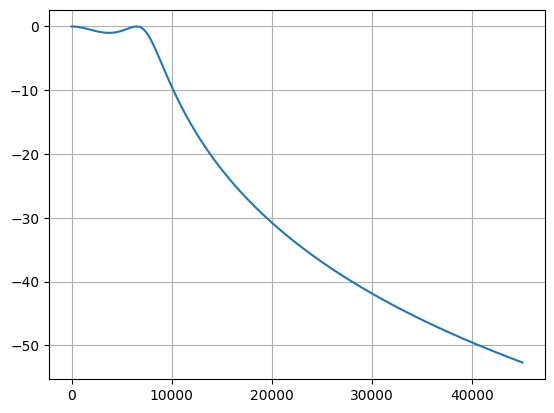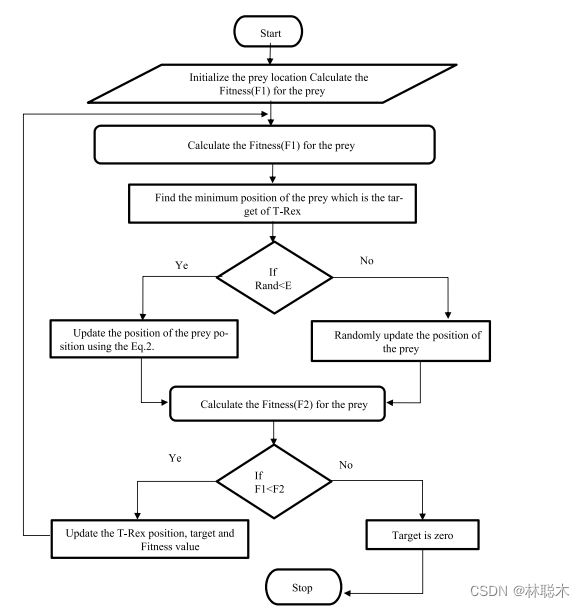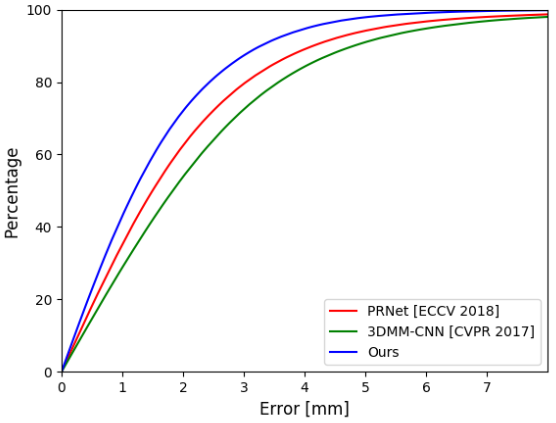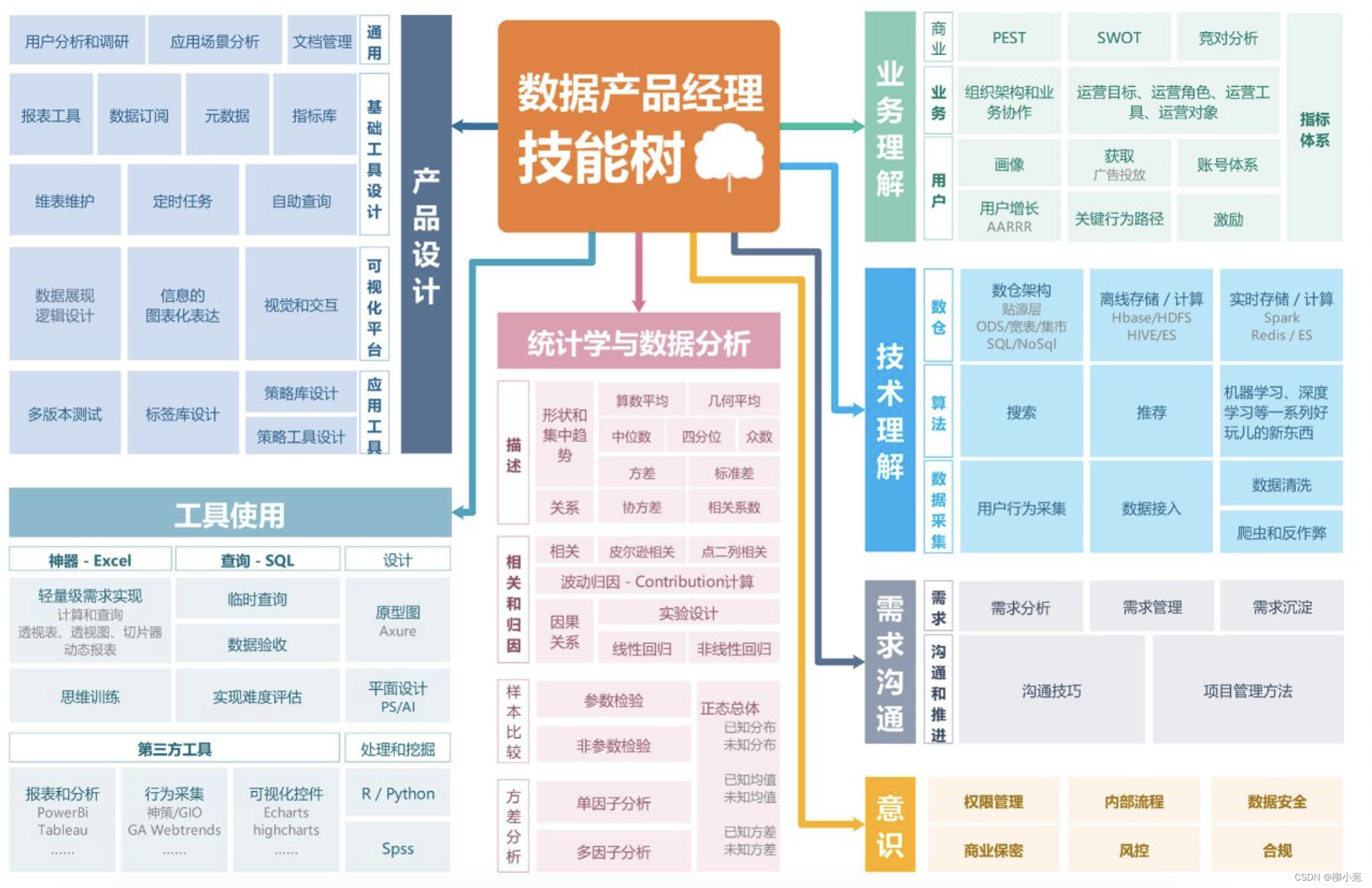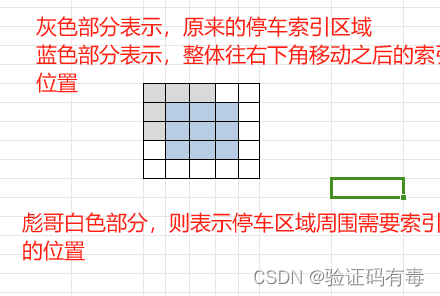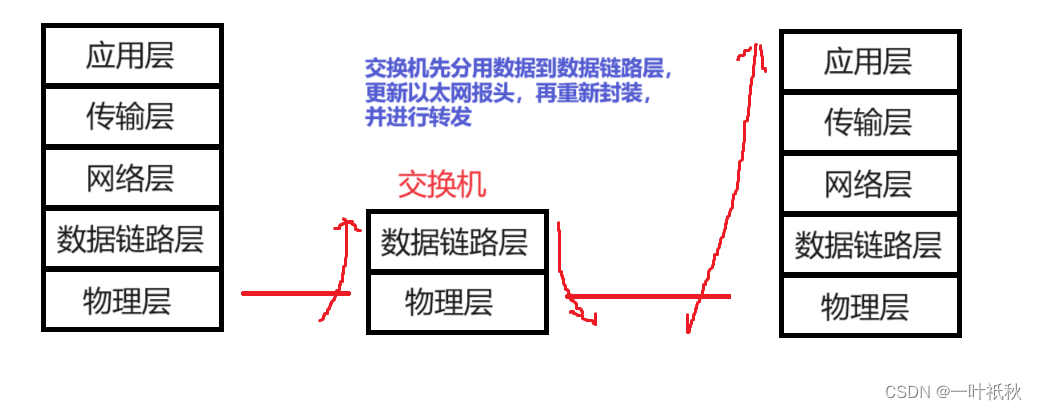一、线程初始化
1.无参数
static void Main(string[] args) {//第一种写法Thread thread = new Thread(test);thread.Start();//第二种写法 delegateThread thread1 = new Thread(new ThreadStart(test));thread1.Start();//第三种写法 lambdaThread thread2 = new Thread(() => { test(); });thread2.Start();Console.WriteLine("mainThread");Console.Read();}static void test() {Console.WriteLine("hello");}2.有参数
static void Main(string[] args) {object obj = "xxx";//第一种写法Thread thread = new Thread(test);thread.Start(obj);//第二种写法 delegateThread thread1 = new Thread(new ParameterizedThreadStart(test));thread1.Start(obj);//第三种写法 lambdaThread thread2 = new Thread((arg) => { test(arg); });thread2.Start(obj);Console.WriteLine("mainThread");Console.Read();}static void test(object obj) {Console.WriteLine("hello" + obj);}
注意:1.thread.start()内填入的是实际传递的参数,arg为形参
2.方法test中传递的参数数量为1,并且必须是object类型
二、线程开启
1.无参数传递
using System;
using System.Collections.Generic;
using System.Text;
using System.Threading; namespace AAAAAA
{ class AAA { public static void Main() { Thread t = new Thread(new ThreadStart(A)); t.Start(); Console.Read(); } private static void A() { Console.WriteLine("Method A!"); } }
}运行结果:Method A!
提示:本人准备建立一个技术交流群,会将日常学习工作中遇到的问题和解决方案进行分享,同时也会将代码和学习资料上传进去,有什么不懂的问题可以咨询我!+v:SJS66-12
生活所迫打个广告,本人也代购莆田鞋,不是中间商,工厂直接取货,价格优惠质量保证,都是我自己前去挑选,可以视频选购验货!!希望大家支持!!!赚点生活费!!!+v:SJS66-12
2.单个参数传递
using System;
using System.Collections.Generic;
using System.Text;
using System.Threading; namespace AAAAAA
{ class AAA { public static void Main() { Thread t = new Thread(new ParameterizedThreadStart(B)); t.Start("B"); Console.Read(); } private static void B(object obj) { Console.WriteLine("Method {0}!",obj.ToString ()); } }
}运行结果:Method B!
3.多个参数传递
第一种方法:将多个参数定义为类的属性,类内的方法
using System;
using System.Collections.Generic;
using System.Text;
using System.Threading; namespace AAAAAA
{ class AAA { public static void Main() { My m = new My(); m.x = 2; m.y = 3; Thread t = new Thread(new ThreadStart(m.C)); t.Start(); Console.Read(); } } class My { public int x, y; public void C() { Console.WriteLine("x={0},y={1}", this.x, this.y); } }
}结果显示:x=2,y=3
第二种方法:该方法最为推荐的方法,定义结构体,通过object进行拆箱,将参数进行传递
//结构体 struct RowCol { public int row; public int col; }; //定义方法
public void Output(Object rc) { RowCol rowCol = (RowCol)rc; for (int i = 0; i < rowCol.row; i++) { for (int j = 0; j < rowCol.col; j++) Console.Write("{0} ", _char); Console.Write("\n"); } }三、常用Thread类下的方法
常用属性:

常用方法介绍:
1、public bool IsBackground { get; set; } //表示此线程是否为后台线程
//false为前台线程,进程结束后,任务执行完毕以后,线程才结束
//true为后台线程,进程结束,线程结束
2、public int ManagedThreadId { get; } //获取当前线程唯一标识符
3、public void Abort(); //终止线程,其实就是抛出个异常
4、public void Suspend(); //挂起也就是暂停线程 (已被弃用)
5、public void Resume(); //将挂起的线程继续,也就是回复线程 (已被弃用)
6、public void ResetAbort(); //是把终止的线程再次启用,都会有延时的
7、public void Sleep(200) ; //线程睡眠
8、public bool Join(int millisecondsTimeout); //会阻塞,必须等到线程结束后才会执行下一步
public bool Join(TimeSpan timeout); //会阻塞,必须等到线程结束后才会执行下一步
9、public static void Sleep(int millisecondsTimeout); //线程睡眠
public static void Sleep(TimeSpan timeout); //线程睡眠
10、public void Start(); //另开线程开始执行
public void Start(object parameter); //另开线程开始,带参数
主要介绍三个方法:
using System;
using System.Collections.Generic;
using System.Linq;
using System.Text;
using System.Threading;
using System.Threading.Tasks;namespace 线程test1005
{class Program{static void Main(string[] args){Thread tt = new Thread(test);tt.Start();for (int i = 0; i < 300; i++){Console.Write(2);}Console.Read();}static void test(){for (int i = 0; i < 300; i++){Console.Write(1);}}}
}
正常运行的情况下1,2交替出现;
1.Abort用法
static void Main(string[] args){Thread tt = new Thread(test);tt.Start();tt.Abort();for (int i = 0; i < 300; i++){Console.Write(2);}Console.Read();}当我们加入abort后运行结果:支线程被释放

Abort相当于方法内抛出一个异常,会执行方法中catch和finally中的代码
2.thread.ResetAbort用法
using System;
using System.Collections.Generic;
using System.Linq;
using System.Text;
using System.Threading;
using System.Threading.Tasks;namespace 线程test1005
{class Program{static void Main(string[] args){Thread tt = new Thread(test);tt.Start();Thread.Sleep(10);for (int i = 0; i < 300; i++){Console.Write(2);}tt.Abort();Console.Read();}static void test(){try{while (true){for (int i = 0; i < 300; i++){Console.Write(1);}}}catch (Exception ex){Console.WriteLine("子线程");Thread.ResetAbort();}finally{Console.WriteLine("这里是finally");}Console.WriteLine("最后");}}
}
可以看到线程被Abort之后,执行catch和finally块中的内容,但是不会执行finally块之后的内容。
从结果中可以看到,线程被终止了,由于执行了Thread.ResetAbort(),因此就允许继续执行finally块之后的代码。
注意: 如果Thread.ResetAbort()语句放在catch块中,最好应当把Thread.ResetAbort()语句放在catch{}代码块最后,否则会把abortException.ExceptionState中的内容给清空了。Thread.ResetAbort()还可以放在finally块中,它同样也可以允许继续执行finally块之后的代码。另外,Thread.ResetAbort()只能执行一次,不能执行二次及以上,否则会出新的异常。
3.thread.join用法
using System;
using System.Collections.Generic;
using System.Linq;
using System.Text;
using System.Threading;
using System.Threading.Tasks;namespace 线程test1005
{class Program{static void Main(string[] args){Thread tt = new Thread(test);tt.Start();tt.Join();for (int i = 0; i < 300; i++){Console.Write(2);}tt.Abort();Console.Read();}static void test(){for (int i = 0; i < 300; i++){Console.Write(1);}}}
}运行结果:

tt.join()可以先执行tt线程内的内容,等执行完成后,再执行主线程中的内容
tt.join(1000)线程会等待一段时间(10000ms),若这段时间内工作线程没挂掉,一旦超过这个时间,主线程便会开始工作
小技巧:1.abort()的功能是用来终止调用此方法的线程的,只是在多数情况下,它需要一点时间,有些延迟(可能在短时间内此线程还在执行)...
2.join()方法它的功能不是终止线程,而是在t 线程终止之前,阻止正在结束(调用了abort()方法但还未结束)的t 线程执行,同时使主线程等待,直到t线程终止(也就是abort()方法终止过程完毕)了再执行下面的代码,打印出来的结果,执行状态就为FALSE,线程状态也为停止了。
Join常用让子线程完全终止!
参考文档:
C#Thread_c# thread_^命铭的博客-CSDN博客C#多线程Thread类的使用(一)_c# thread用法-CSDN博客C# Thread(线程)使用总结_c#线程一直运行-CSDN博客C# 多线程一: Thread 的简单理解与运用_c# thread-CSDN博客
